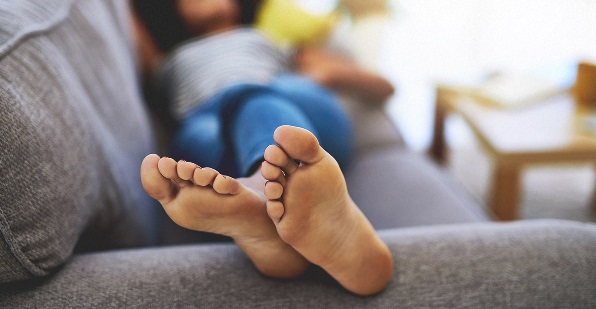Adult male bedwetting, also known as nocturnal enuresis, is a common condition that affects millions of men worldwide. It is characterized by involuntary urination during sleep, and can be a source of embarrassment and distress for those affected. While bedwetting is more common in children, it can also occur in adults. The causes of adult male bedwetting can vary, and may include medical conditions, lifestyle factors, and psychological issues. Evaluation and management of adult male bedwetting should be tailored to the individual, and may include lifestyle modifications, medications, and psychological interventions. This article will discuss the causes, evaluation, and management of adult male bedwetting.
Exploring the Causes of Adult Male Bedwetting: An Overview
Bedwetting, or nocturnal enuresis, is a condition that affects millions of adults worldwide. While it is more commonly associated with children, adult male bedwetting is a real and often embarrassing issue. In order to better understand this condition, it is important to explore the potential causes of adult male bedwetting.
The most common cause of adult male bedwetting is a urinary tract infection (UTI). UTIs are caused by bacteria that enter the urinary tract and cause inflammation and irritation. Symptoms of a UTI include frequent urination, burning sensation during urination, and pain in the lower abdomen. If left untreated, a UTI can lead to bedwetting. Other potential causes of adult male bedwetting include diabetes, bladder or prostate problems, sleep apnea, and certain medications.
Diabetes is a condition in which the body does not produce enough insulin or does not use it properly. This can lead to high levels of sugar in the urine, which can cause frequent urination and bedwetting. Bladder or prostate problems can also cause bedwetting in adults. These problems can include an enlarged prostate, bladder stones, or an overactive bladder.
Sleep apnea is a condition in which a person stops breathing for short periods of time during sleep. This can lead to frequent urination and bedwetting. Certain medications, such as diuretics, can also cause bedwetting in adults.
It is important to note that bedwetting can also be caused by psychological issues, such as stress, anxiety, or depression. If you are experiencing bedwetting, it is important to speak to your doctor to determine the cause and find the best treatment plan.
In conclusion, adult male bedwetting is a real and often embarrassing issue. While it is more commonly associated with children, it can also affect adults. The most common causes of adult male bedwetting are urinary tract infections, diabetes, bladder or prostate problems, sleep apnea, and certain medications. Psychological issues, such as stress, anxiety, or depression, can also cause bedwetting. If you are experiencing bedwetting, it is important to speak to your doctor to determine the cause and find the best treatment plan.
Evaluating the Severity of Adult Male Bedwetting: What to Look For
Bedwetting in adults is a serious condition that can have a significant impact on a person’s quality of life. It is important to evaluate the severity of adult male bedwetting in order to determine the best course of treatment.
When evaluating the severity of adult male bedwetting, it is important to consider the frequency of wetting episodes. If the episodes occur more than twice a week, it is likely that the bedwetting is severe. Additionally, if the episodes occur during the day, this is also an indication of a more severe case.
It is also important to consider the amount of urine that is released during each episode. If the amount is large, this is an indication of a more severe case. Additionally, if the episodes are accompanied by pain or discomfort, this is also an indication of a more severe case.
The duration of the episodes is also important to consider. If the episodes last for more than an hour, this is an indication of a more severe case. Additionally, if the episodes occur more than once a night, this is also an indication of a more severe case.
Finally, it is important to consider the impact that the bedwetting has on the individual’s quality of life. If the bedwetting is causing significant distress or disruption to the individual’s daily life, this is an indication of a more severe case.
By considering the frequency, amount, duration, and impact of the bedwetting episodes, it is possible to evaluate the severity of adult male bedwetting. This information can then be used to determine the best course of treatment for the individual.
Conclusion
Adult male bedwetting is a common problem that can have a significant impact on quality of life. While the exact cause of adult male bedwetting is not known, it is likely due to a combination of physical and psychological factors. Evaluation of adult male bedwetting should include a thorough medical history and physical examination, as well as laboratory tests and imaging studies. Treatment of adult male bedwetting should be tailored to the individual and may include lifestyle modifications, medications, and/or behavioral interventions. With proper evaluation and management, adult male bedwetting can be effectively treated and managed.
